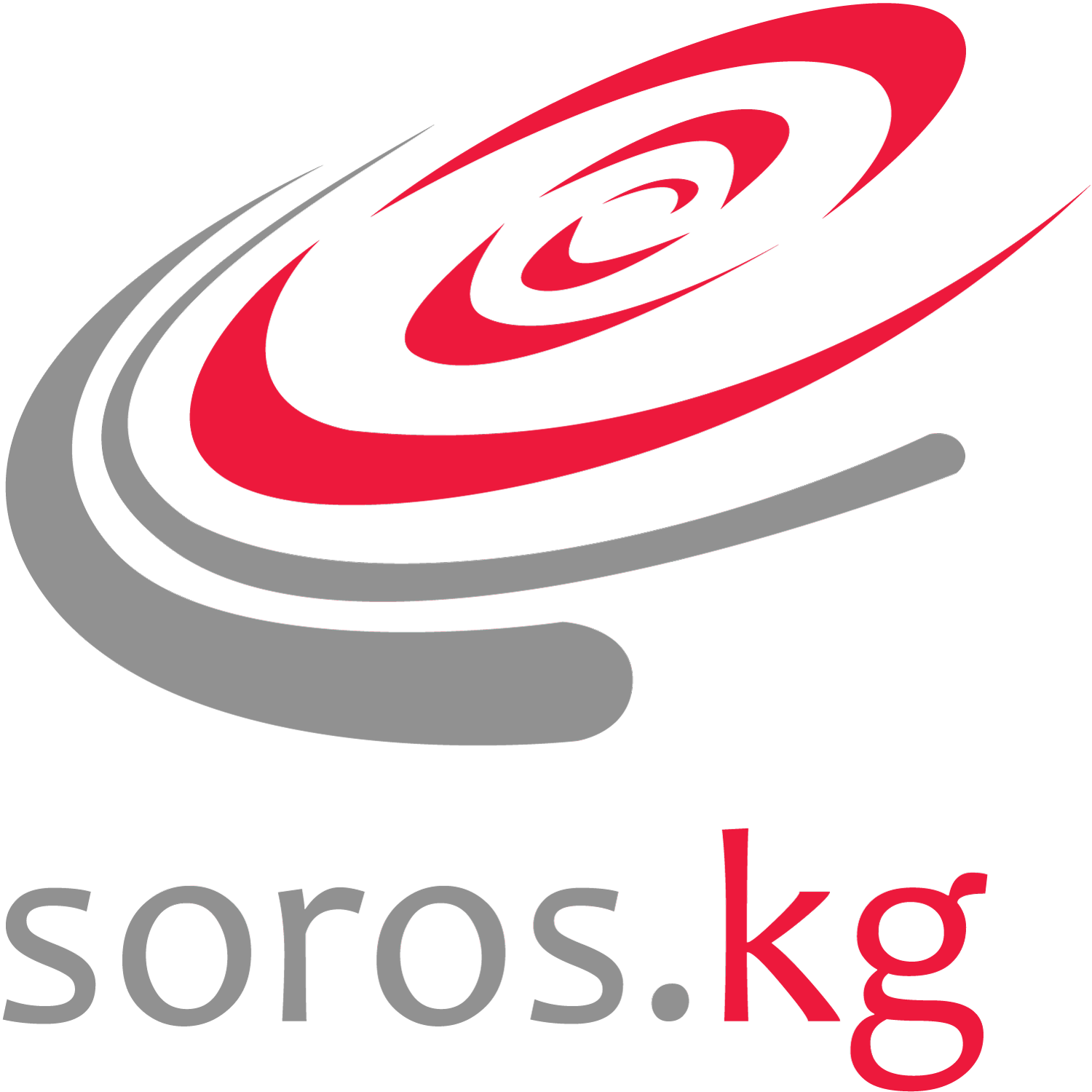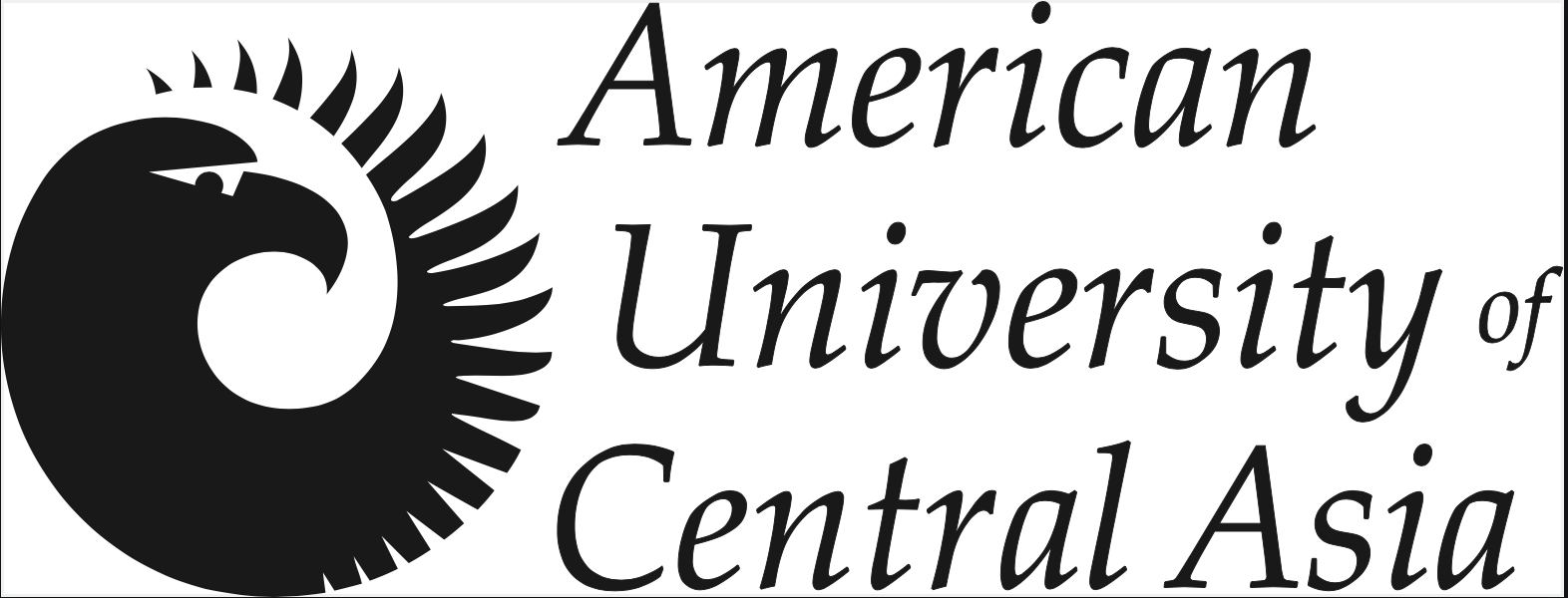Genre
Пейзаж
Period
Период неизвестен
Material / Technique
Canvas, oil
Date of creation
?
Size
95х78,5
Number
467-319-ж
Grabar Igor Emmanuilovich
1871-1960
Igor Emanuilovich Grabar was a Russian and Soviet artist, art historian, restorer, architect, teacher and museum worker. Winner of the Stalin Prize of the first degree, Academician of the USSR Academy of Arts and the USSR Academy of Sciences, People's Artist of the USSR. И. E. Grabar was born in 1871 in Budapest, in the family of Emmanuel Ivanovich and Olga Adolfovna Grabar. His father was a prominent public figure and a member of the Budapest Parliament, but being a supporter of the Slavic liberation movement, in 1876 he was forced to move to Russia because of his Russophile views, where he became a teacher in a gymnasium in the town of Egorievsk under the surname Khrabrov. Olga Adolfovna and her sons moved to Russia in 1880 and also took a new surname, with which Igor Grabar later signed his early works. Entering the Moscow Lyceum of Tsesarevich Nicholas in 1882, Igor Grabar also began attending drawing classes of the Moscow Society of Art Lovers. After graduating from the lyceum in 1889, Igor Grabar entered St. Petersburg University at once on two faculties - law and history and philology. During his years at the university he also worked part-time writing humorous stories, drew illustrations and wrote articles on art for the magazine Niva, and studied in the studio of the artist Pavel Chistyakov. After graduating from university, in 1894 Igor Grabar still chose a career as an artist and entered the Academy of Arts, where he began to study in the studio of Ilya Repin. During the summer holidays in 1895, the young painter went on his first trip to Europe, which dragged on for five years. During this time he visited Italy to study Renaissance paintings, studied in Munich with Anton Ashbe, and later taught at the school of his master, moved from ‘Niva’ to the newly formed magazine ‘World of Art’ and visited the 1900 World Exhibition in Paris. It was not until 1901 that Igor Grabar returned to Russia and settled in St Petersburg, where he continued his collaboration with the World of Art, becoming one of the art journal's main critics. Art criticism occupied one of the key places in Igor Emmanuilovich's life, sometimes leading to stagnant periods for Grabar the artist. In 1907-1908, Igor Grabar collected archival materials and wrote articles on painters, architecture and sculpture for the magazine Old Years and began to collaborate with the publisher Joseph Knebel, undertaking the preparation of the multi-volume History of Russian Art, in which he authored several key sections. As part of this collaboration, Igor Grabar also wrote books on Isaac Levitan and Valentin Serov. In 1909 I. E. Grabar also tried his hand as an architect. He designed the Zakharyino sanatorium near Moscow, the architectural appearance of which reflected Grabar's fascination with Russian classicism and Renaissance architecture in Italy. Construction was completed in 1914, and a year earlier, in 1913, the artist took up the post of director of the Tretyakov Gallery. He was particularly interested in the prospect of being able to study the art of artists not through glass, but up close, to the touch, with a thorough study of technique, signatures and other features. Having headed the gallery, Igor Emanuilovich carried out a large-scale redesign of the museum's exposition, transforming it from a private collection into a European-type museum. Grabar also compiled the first scientific catalogue of the gallery, redescribing more than four thousand exhibits. Igor Grabar remained director of the gallery until 1925 and during this time he acquired paintings by Orest Kiprensky, Pavel Fedotov, Ilya Mashkov and Kuzma Petrov-Vodkin for the Tretyakov Gallery. He gave up the post of director of the Tretyakov Gallery in favour of working in the Central Restoration Workshops, which he had organised in 1918. Up until 1930, Igor Grabar was primarily an active artist, visiting world museums as an expert in painting and as a representative of Soviet artists. Only in the period from 1930 to 1940 years art historian thoroughly returned to painting. Then I.E. Grabar again focused on museum activities, proposing to confiscate works of art from the museums of Germany and its allies as compensation for the losses of Soviet museums. He independently compiled lists of the best exhibits of museums in Europe, prepared ‘trophy brigades’ and received echelons with works of art. Also from 1937 Igor Emmanuilovich was acting director of the Surikov Institute, and later director of the All-Russian Academy of Arts and the Institute of Art History of the USSR Academy of Sciences. The outstanding artistic figure, who until his last days put all his efforts into the development of art and culture, died in Moscow in 1960.


